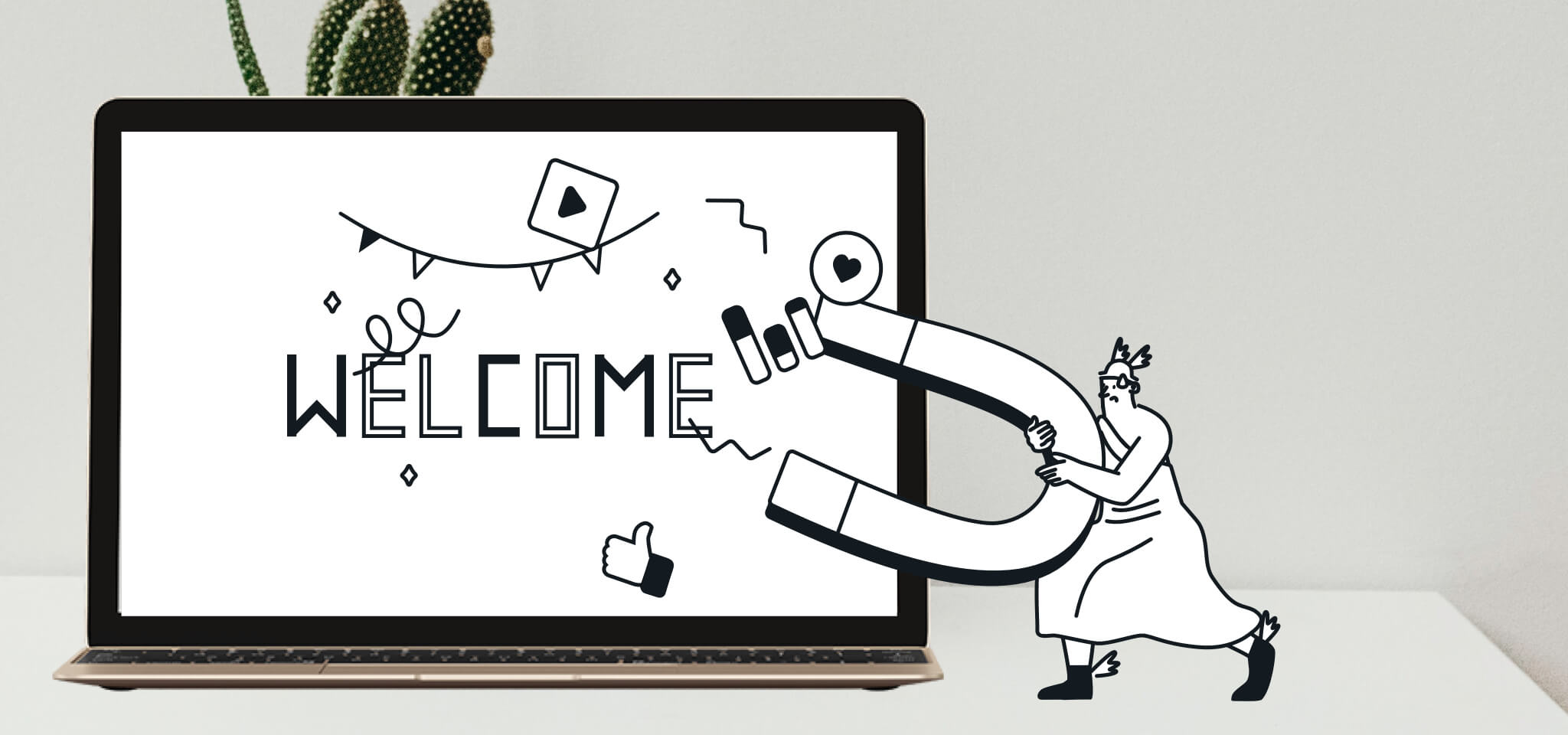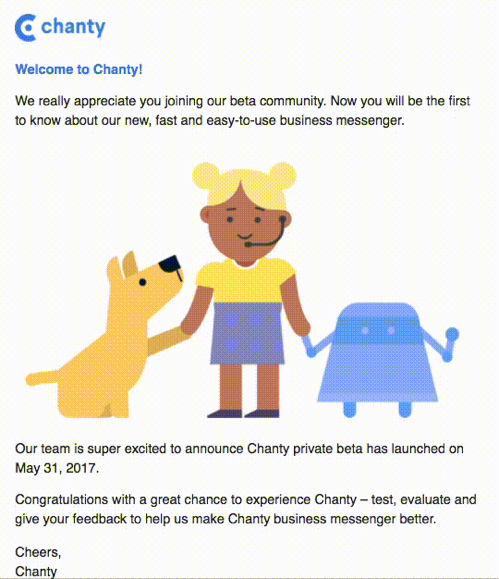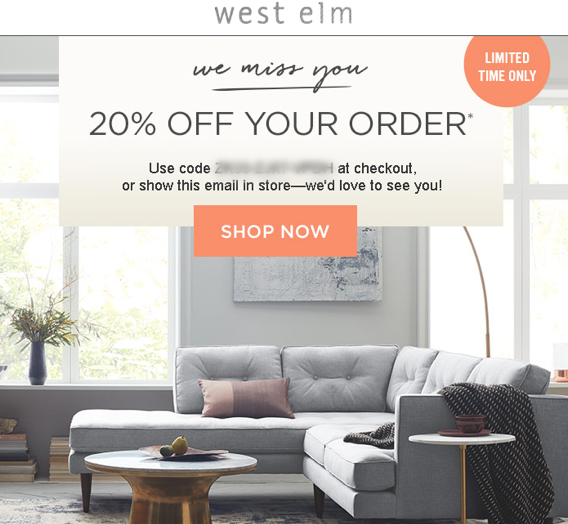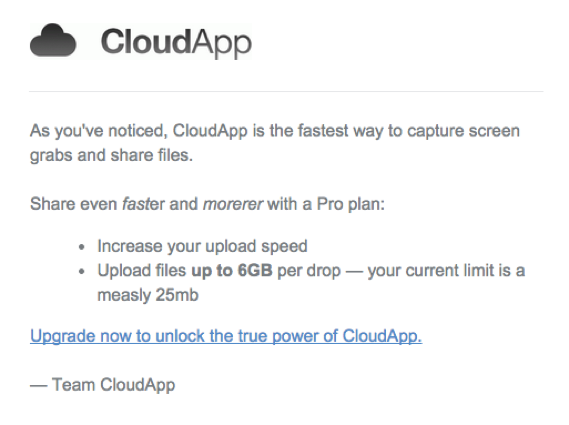Email best practices
How to deliver the best customer onboarding email

Email best practices

Believe it or not, most businesses execute their customer onboarding emails all wrong.
That’s because they often send useless, nagging messages, which can be worse for your relationship with your customers than doing nothing at all.
In this article, we’ll go over some important user onboarding practices to help you get ideas on where your own email marketing falls short or needs improvement. With these helpful tips, you’ll be able to create email templates that your clients will value and appreciate (hopefully!) receiving.
Your onboarding experience is an integral part of the customer experience, which is the sum of your customers’ opinions based on all their interactions with your company. The customer onboarding process lets prospective clients know how your product or service will help them achieve their goals. It strengthens their experience and guides them through the customer journey.
You can use onboarding email campaigns to help new customers learn about your product or service. They allow you to educate your audience so they reach that “aha moment” where buyer’s remorse fades and brand loyalty reigns.
Onboarding emails are effective to:
A well-curated email marketing process will build relationships with and create fans for your brand to increase your conversion rates and customer retention.
The following cases are tell-tale signs that your customer onboarding emails are not as effective as they could be at retaining new users:
Even if you’ve found something familiar in the onboarding “sins” above, don’t worry. Instead, use the following tips to add value to your emails and prompt subscribers to start engaging with you.
Focus on your product’s benefits, not its features. Inform your potential customers on how great your product is by using visuals and text. Demonstrate your value by highlighting all the pros until you convince them to buy. Then continue to show them why purchasing was a smart decision.
Think about how difficult it can be to make a selection when the range of choices is wide. When sending an onboarding email, use a single call-to-action (CTA). Confusing your contacts with too many choices makes it less likely they’ll pick at least one. A single CTA can also dramatically improve your click-through-rate (CTR). With the use of a single large button, you can help facilitate a positive experience for your customer by making the next step as obvious as possible.
It’s easy to say “keep things simple,” but often what one person considers simple may still be complicated for another. That said, be brief and use a step-by-step approach to get to the point as soon and as simply as possible.
Unfortunately, losing clients is always a possible reality, simply because they’re dissatisfied with your products or services. Understanding the major causes of churn (complicated features, not enough features, high prices, difficulty in using product or service, lack of value) is crucial, as is building safeguards into your onboarding strategy to help customer retention. Your clients’ feedback is what will guide you through the endless battle against churn.
Every time you onboard a new client, ask for feedback. Whenever you think of deploying something new, ask for feedback. Your customers know best. (Well, sometimes.)
Customer onboarding emails that are personalized and timely are great at improving activation rates. Remember, personalization is the cornerstone for nurturing and closing leads.
People learn differently – some of us like to read, while others like to watch videos and take tutorials. By providing more than one way for customers to access information – be it instructional videos, how-tos, examples, webinars, Q&As, live help – you can improve your clients’ overall experience with your company.
Content marketing works. That’s why companies produce so many resources that help customers learn everything they could possibly want to know about a service, product, or specific area of interest.
Rather than showing customers a huge amount of content, simplify their onboarding experience by giving them a specific, structured set of tips to follow according to their level of acquaintance with your product. Make customer success the forefront of your onboarding strategy.
When you love your customers, you want to give them everything they need to s쳮d. That’s why you should do more than just send a single email. What about following up with a short, friendly text? Or a second email to inquire about their experience after receiving the first? Whatever you do, listen. Make sure you’re all ears (and eyes). These conversations often turn into valuable customer development opportunities.
Run out of ideas for your onboarding emails? Don’t know where to begin? If you’re feeling stuck, try analyzing your rivals’ onboarding flow. Think of yourself as an experienced spy. Sign up for your competitors’ free trials, newsletters, or other marketing communications, and browse their social media. Take note and learn all you can from them. Just take care to not be a copycat.
The following five email examples show you how to welcome your customer, introduce them to your product or service, provide the next steps, build rapport, and cross or upsell to your fan base.
Your first email should be a warm welcome. The important thing about your welcome email? Make it fun and engaging, with just the right touch of “salesiness.” Remember, you want to genuinely show them appreciation and gratitude for selecting your brand first. The sales pitch comes later.
In this example, Groove sends a personal email from the CEO, who invites you to connect through email or on Twitter and even asks you to “hit him up” if you’re visiting the area. It’s all about welcoming the customer without making it a blatant sales pitch.

Source: Grovehq.com
Here’s where you want to show off all the bells and whistles of your product or service. Be informative, but keep it casual. Use a conversational tone like you’re talking to a friend.
Tidio uses succinct and precise language to highlight the features of its product before inviting you to “start talking with your visitors.” Notice that the CTA is about reaching your visitors, not chatting with a salesperson from Tidio.

Source: Tidio.com
Use this email marketing trick to guide your customer through your product or service. Describe how to get the most benefits from what you offer.
Outlining the next steps takes many forms. Birchbox does an excellent job using icons and short sentences to show and tell its customers what to expect and do.

Source: Birchbox.com
After welcoming your client, show them the benefits of your product or service and guide them through the next steps. In short, welcome them to your world. Give them a sense of belonging.
Wave creates a sense of inclusion by saying, “You’re now part of a community.” Remember, the rapport email is not a sales pitch. It’s not asking you to do anything. It’s simply saying, “Hey, hi! We’re happy to have you here.”

Source: waveapps.com
If you’ve done your part in welcoming your customer and building rapport, you can now cross or upsell. In this email, you’ll show your customer how they can benefit from other products or services through your company. If you’re successful, you’ll gain a sale as well as boost engagement and retention.
In this example, Ananta Stones uses International Women’s Day to sell to her existing clientele. She suggests women need a “thank you” for being women. She uses the postscript to cross-sell, suggesting bracelets, earrings, and necklaces.

Onboarding emails are, at best, a foolproof way to actively guide your audience through the customer journey. A perfect customer onboarding email sequence is designed to get your clients to answer your CTA as quickly as possible.
Components of perfect onboarding emails include three things:
Where to utilize the above-mentioned tips on email onboarding? Here are three must-have types of onboarding emails that can help you establish friendly and productive relationships with your customers.
Your email onboarding typically starts with a welcome email, probably the most important stage in your customer onboarding process. Welcome emails have a whopping 45.7% open rate, compared to 18.8% of promo emails.
In short, an effective welcome email is always short and sweet but always includes three things:
Tip: Try automating your welcome emails in order to send them ASAP. Real-time welcome messages can make for up to 10 times better results than emails sent even a few hours later.

Chanty welcome email
A new customer signs up for your service. What happens next? The reality is 40-60% of new users will open an app once but never log in again. And only 3% of the rest will go on to actually pull out their credit cards and become paying customers. Customers may abandon your product or click the unsubscribe button because they get lost, lose interest, don’t get value from the product, or simply don’t understand something. Focused onboarding helps businesses minimize this.
Winning back users with onboarding emails can be challenging, but it’s not impossible. Here’s a pro tip: try customizing your email sequence according to user behavior. A user who logs in three times daily shouldn’t receive the same emails as a user who has never logged in after their first session. Remember, two people using your service or product can have very different mindsets and needs – your customer onboarding emails should reflect that as well.

West Elm re-engagement email
Once users have had enough time to give your product a try, send them an email that motivates them to take the next step in your relationship. For example, you can ask your customers to upgrade their plan, invite a friend to sign up, or visit your website.

CloudApp evaluation email
We know you work hard to entice people to sign up for your service or product and even harder to nurture those relationships once they’re established. That’s why taking the time to understand how to better inform your clients of all that you have to offer is crucial, and why it’s essential for every business to master the onboarding flow. It allows you to demonstrate the value your product delivers and walk your customers through it the way you want them to.
Remember, the three must-haves of onboarding emails include a welcome email, a re-engagement email, andan evaluation email.
All these tips highlight one key takeaway: the secret of successful onboarding emails that customers are glad to get is actually quite simple. A solid, successful onboarding process consists of delivering value and education to help your clients dive deeper into all that you have to offer.
What about you? How do you prefer to onboard your clients and guide their user journey? Let us know on Twitter and Linkedin!